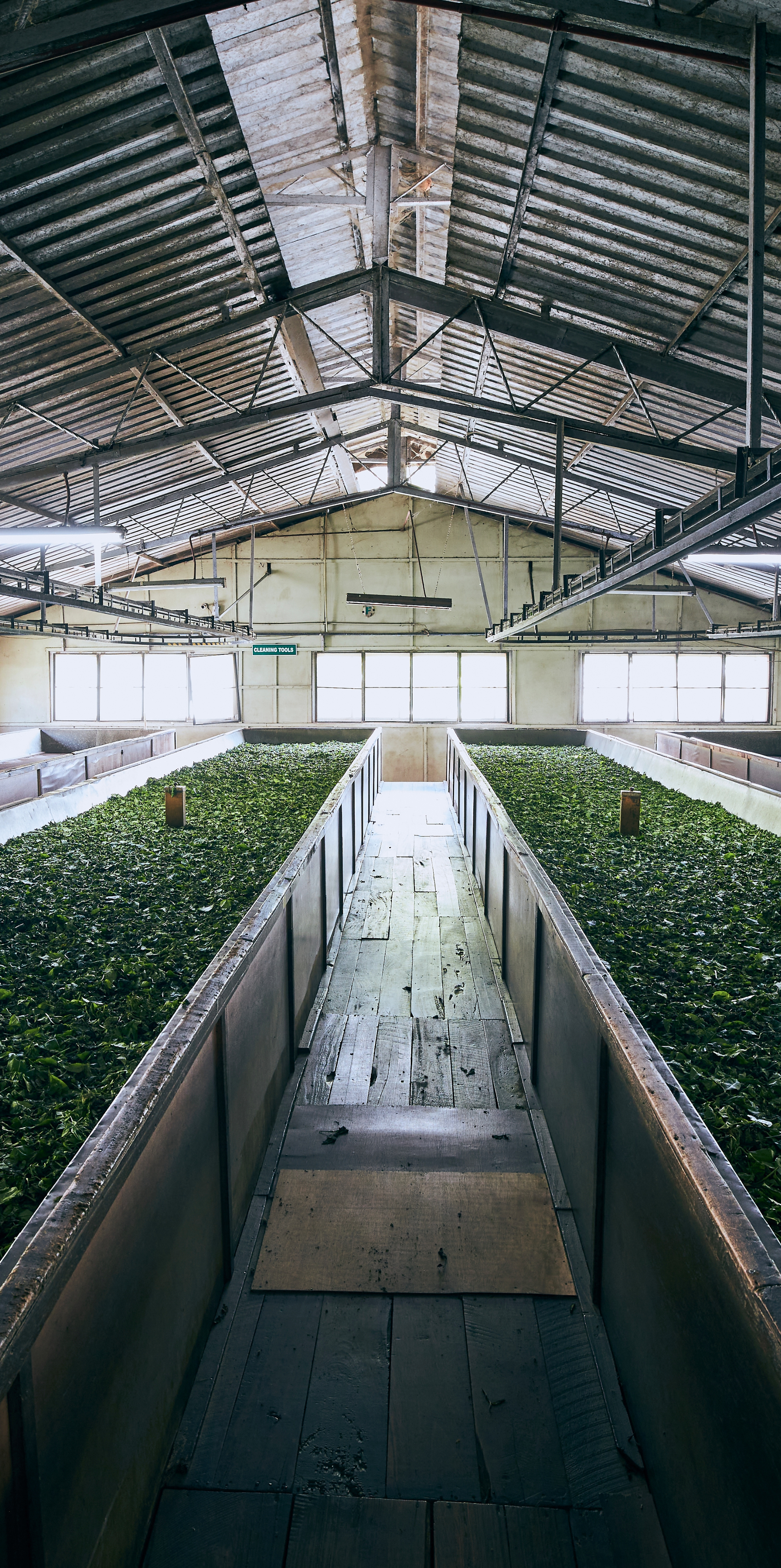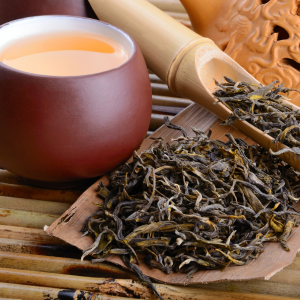Orthodox Tea
Orthodox tea refers to loose leaf tea produced using traditional (“Orthodox”) methods, which involves plucking, withering, rolling, fermentation, drying, and sorting.
Orthodox tea is considered to provide the most “authentic” tea drinking experience. Orthodox teas have exceptional flavour profiles and distinct aromas. Orthodox teas are also known for having health and wellness benefits such as impact on weight loss (caffeine and catechins boost metabolism), stress relief (L-theanine), digestion (reduces inflammation and promotes gut bacteria), diabetes management (polyphenols which regulate blood sugars), cancer prevention (antioxidants neutralize free radicals), heart health (lowers cholesterol), and support the immune system (catechins, theophylline, and theobromine improve immune functions and reduce the risk of infections). Orthodox teas take considerable effort to make correctly and require no additional additives to enjoy.
Given the pedigree, quality, and delicate nature of Darjeeling tea leaves, you will find Darjeeling tea leaves mostly sold as Orthodox Tea. It is virtually unheard of to use Darjeeling leaves for CTC tea.
Orthodox Teas
Black Tea
Known for its robust flavor, black orthodox tea is fully oxidized during production, giving it a dark color and rich, bold taste. Popular examples include Darjeeling, Assam, and Ceylon teas.
Green Tea
Orthodox green teas are minimally oxidized and retain much of their natural color and flavor, resulting in a fresh, vegetal taste. Varieties include Sencha, Dragonwell, and Mao Feng.
White Tea
The least processed of all teas, white orthodox tea is simply air-dried and retains a delicate, subtle flavor. Bai Mudan (White Peony) and Silver Needle are well-known white teas.
Oolong Tea
Partially oxidized, oolong teas sit between black and green tea in terms of oxidation. They offer a complex flavor profile with floral, fruity, or nutty notes. Popular varieties include Tie Guan Yin and Da Hong Pao.
Yellow Tea
A rare type of orthodox tea, yellow tea undergoes a unique slow-drying process, giving it a mellow flavor with a sweet, floral finish. Examples include Jun Shan Yin Zhen and Meng Ding Huang Ya.
Processing
Orthodox tea is produced through a detailed six-step process that typically takes 12-16 hours. Unlike CTC tea processing, which is more mechanical, Orthodox tea production is predominantly manual, requiring close human supervision at each step.
1. Plucking
Tea bushes are ready for harvest when they begin to "flush," producing new leaf shoots. For black Darjeeling tea, this involves hand-picking the top two leaves and a new bud. Plucking occurs four times annually: the first flush in March, followed by the second in May, a monsoon flush in July, and a final autumnal flush in October. Once picked, the leaves must reach the processing facility within hours to prevent premature oxidation.
2. Withering
In the first processing stage, the freshly plucked leaves undergo "withering," where large fans blow warm air through troughs, reducing the moisture content by 45-55% over about 10 hours.
3. Rolling
During this step, the withered leaves are rolled between flat surfaces, breaking the cell walls and releasing enzymes that accelerate fermentation. This rolling process lasts approximately 2 hours.
4. Fermenting
The rolled leaves are transferred to a climate-controlled room for "fermentation," a crucial stage that directly influences the tea's flavor and aroma. The leaves ferment for up to 4 hours, and any over-fermentation can spoil the batch.
5. Drying
The fermented leaves are then dried in an oven at temperatures above 100°C (212°F) for around 30 minutes. This step halts fermentation, removes residual moisture, and solidifies the final flavor profile.
6. Sorting & Packaging
The finished tea is sorted by size and quality using mesh sieves before packaging. This ensures that only leaves of the appropriate grade make it to the final product.






